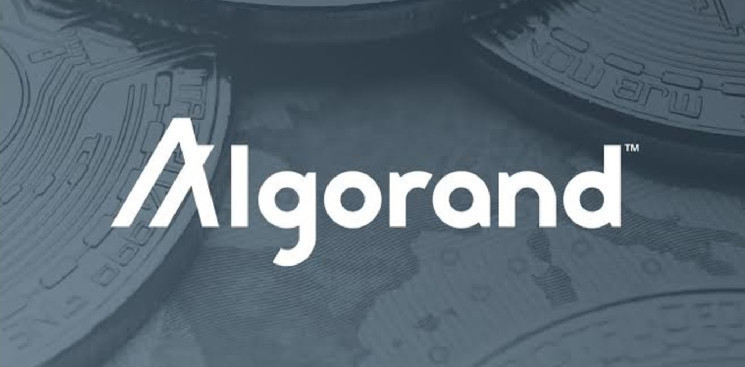- Algorand introduces updates: 10% increase in TPS, AlgoKit 2.0 with Python, consensus incentivization, P2P network.
- Changes seek greater decentralization, security, user participation, and revitalization of ALGO in the competitive cryptocurrency market.
Algorand, one of the cryptocurrencies that has generated buzz with a new ecosystem, is preparing for a radical shift. John Alan Woods, Algorand’s CTO, has unveiled a plan for four crucial upgrades that promise to transform the network. Are we on the verge of a SOMETHING boom? Let’s decipher each update and its potential impact on the cryptocurrency world.
have you ever heard of transaction speed in cryptocurrencies?
Algorand is upping the ante. With a 10% increase in speed, the network promises dynamic rounds that portend superior performance.
Imagine faster transactions, blocks being generated in less than three seconds and efficiency that could revolutionize the way developers and users interact with the blockchain. Scalability and flexibility are about to reach new levels, and this is just the beginning.
There is a gargantuan amount of change coming to Algorand in 2024.
Not everyone has the time to review the roadmap in detail, so here's the major changes in 4 lines:
🏎️ Dynamic Round Times: Algorand is now ~10% faster in terms of TPS.
🐍 AlgoKit 2.0: in Q1 2024, you can build… https://t.co/wZKwYFa2Uu
— John Woods (@JohnAlanWoods) January 23, 2024
Now, let’s talk about AlgoKit 2.0. If you are a developer, this is of interest to you. Integrating Python, one of the most popular programming languages, Algorand seeks to appeal to a wide range of creators. And best of all, you don’t need to be a blockchain expert to dive in.
With visual tools for debugging and writing secure code, AlgoKit 2.0 not only makes it easy to create in Algorand but also promises to be a cost-effective solution. This year, AlgoKit 2.0 is set to receive more enhancements, which means we’re looking at a platform that never stops evolving.
The third update axis is the incentive for block producers

Algorand is no slouch in the Proof-of-Stake trend and plans to reward those who contribute to its network.The result? A likely uptick in the amount of SOMETHING in staking, more consensus nodes, and thus a more robust and decentralized network . This move is a call to all those interested in being an active part of Algorand’s growth.
The latest major update is the move to a P2P structure
Leaving behind its old relay structure, Algorand opts for a network system that allows for more direct communication between nodes, following in the footsteps of giants like Bitcoin. This is a step towards a more efficient and viable network, a change that could mark a before and after in the way Algorand positions itself in the market.
However, it hasn’t all been plain sailing for Algorand. Despite facing setbacks, these upgrades are shaping up to be the boost needed to revitalize the currency. With a current price that does not reflect its potential, the successful implementation of these improvements could be the catalyst for a dramatic change in ALGO’s valuation.
But what’s behind all this? The Algorand Foundation
With a clear focus on incentivizing consensus through block production rewards, it seeks to strengthen the execution of its protocol. The proposal focuses on modifying the Algorand base layer, facing challenges such as gamification and decreased participation. The equitable distribution of ALGO and the increase in active participation are key to this strategy.
Incentivized consensus, dynamically driven by the protocol, represents a significant technical advance. It is not only based on market rates but also provides for additional input from the Algorand Foundation. The idea is clear: to balance accessibility and network security.
These upgrades are not just technical improvements, they are a strategic leap towards a more decentralized, secure and participatory network. Expectations are high and the clock is ticking towards mid-2024, when these upgrades are expected to be fully operational.
